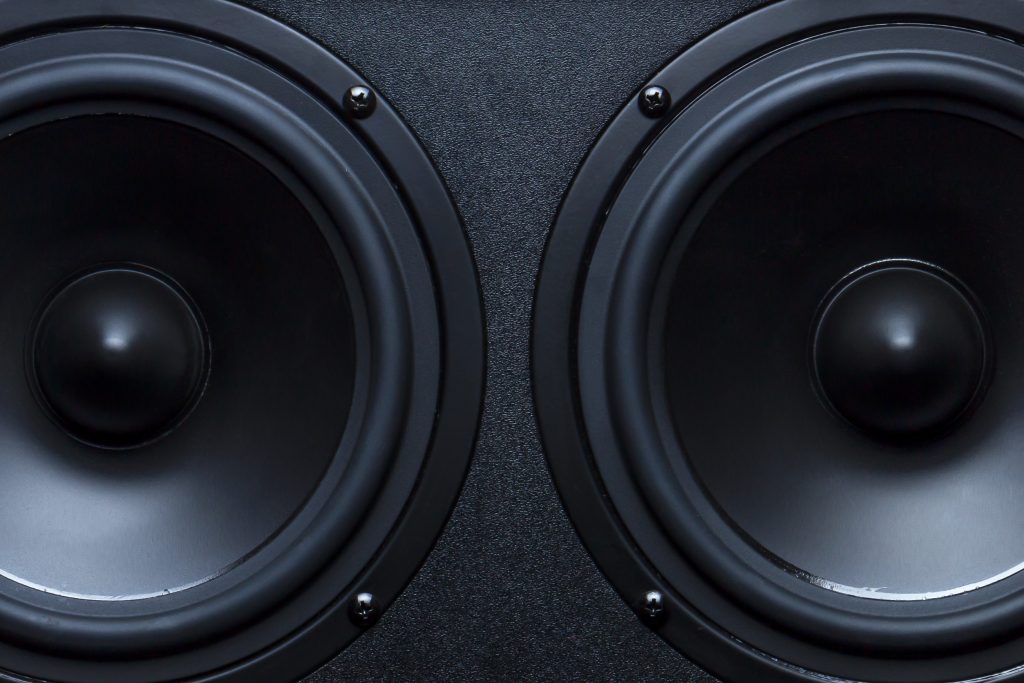The Bass Guitar Amp: Finding Your Groove
As a bass guitarist, there’s one piece of equipment that’s just as crucial as the instrument itself — the bass guitar amp. They come in all shapes and sizes, as well as, types of electronics responsible for their unique sound and capabilities.
Introduction to Bass Guitar Amps
The Role of Bass Guitar Amps
Bass guitar amps aren’t just about making your bass guitar louder. They also shape the tone and texture of the sound, adding depth and richness. This can be further controlled with effects pedals or rack mount units.
A Quick Peek into the History of Bass Amps
Did you know the first bass amps were designed in the ’50s for double bass players in big bands? Talk about a journey! The early amps didn’t have much power and used inefficient cabinets and specker designs, but all that has changed dramatically. You know have a wide range of designs to choose from depending on your needs.
Types of Bass Guitar Amps
Tube Amps
Tube amps use vacuum tubes to amplify the sound. They’re loved for their warm, organic sound but can be a bit heavy on the pocket. They also can be a bit heavy on the back. Additionally, they give off a lot of heat and many have internal fans to keep them cooled down.
Solid State Amps
Solid-state amps use electronics to amplify the sound. They’re reliable, affordable, and have a more consistent tone. They are also lighter to move around and generally don’t produce the heat of a tube amp. My new Ampeg solid state amp has circuitry designed to emulate my old heavy Ampeg SVT amp and sounds awesome. It also has 200 watts of power in a small easy to carry unit.
Hybrid Amps
These combine the best of both worlds, with a tube preamp for warmth and a solid-state power amp for reliability. These have become a great compromise to a tube amp being much lighter and easier to move.
Modeling Amps
Modeling amps use digital processors to emulate the sound of other amp types. They’re versatile and great for experimenting with different tones.
Choosing the Right Bass Guitar Amp
Power and Size
Bigger venues need more powerful amps. But remember, power isn’t everything – the quality of the sound matters too! Years ago, we bass players needed big bulky cabinets and large speakers to fill the room.
Speaker Configuration
From single 15″ speakers to 2x 10″, 4×10″ or even 8×10″ cabinets, each setup has its unique sound. Listen to different setups to find one that resonates with you.
Tone Shaping Features
Look for amps with EQ controls and other features to shape your sound, like overdrive or built-in effects. You can also use external pedals or rack units to accomplish enhanced tone control.
Portability
If you’re constantly on the go, consider smaller, lighter amps. Some even have battery power options!
Price Range
From budget-friendly to high-end boutique amps, there’s something for every budget. Spend wisely!

Recommended Bass Guitar Amp Models and Brands
Fender Rumble 200
The Fender Rumble 200 is a great all-around choice. It’s powerful yet portable, with a warm, punchy sound.
Ampeg BA210v2
For classic rock tone, you can’t beat the Ampeg BA210v2. Its Scrambler overdrive feature is fantastic for getting that vintage vibe. Mine sounds awesome.
Gallien-Krueger MB112-II
For those on a budget, the Gallien-Krueger MB112-II offers impressive power and tone shaping options at a great price.

Maintaining Your Bass Guitar Amp
Handling and Care Tips
Treat your amp with care, avoid extreme temperatures, and always transport it safely. And of course, don’t spill your drink on it!
Common Troubleshooting Steps
If your amp isn’t working, check the basics first – power, cables, and settings. If you’re still having problems, it’s best to consult a professional.
Conclusion
A great bass guitar amp can truly elevate your playing experience. It’s worth taking the time to explore different options and find the one that really makes your bass sing.
FAQs
- What’s the difference between a bass amp and a guitar amp?
Bass amps are designed to handle lower frequency sounds and have larger speakers, while guitar amps are tuned for higher frequency range.
- How much power do I need in a bass amp?
For small gigs, 100-200 watts is usually sufficient. Larger venues may require 300-500 watts or more.
- Can I use effects pedals with my bass amp?
Absolutely! Effects pedals can add a whole new dimension to your sound.
- How often should I replace the tubes in my tube amp?
With regular use, tubes should generally be replaced every 1-2 years.
- Do I need a different amp for different genres of music?
While some amps are better suited to certain genres, most modern amps offer a range of sounds to suit any style.




